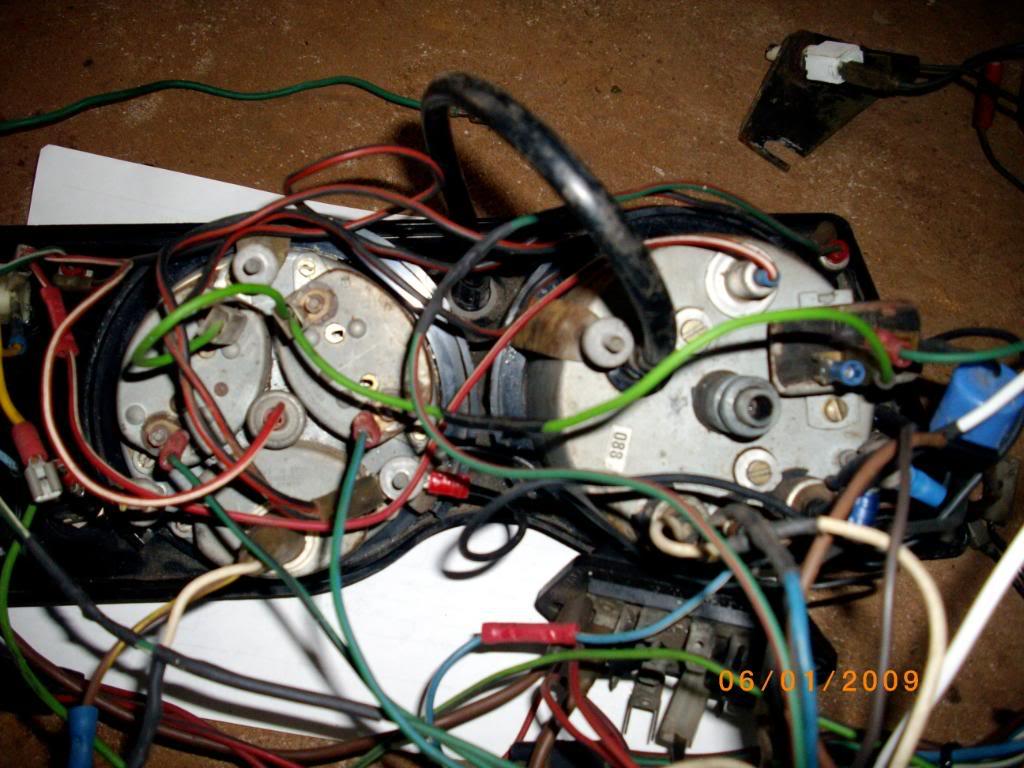I can't remember which way the gauge works, but remember that the sender and hence the switch is in the earth side of the circuit relative to the gauge.
If you have a multimeter, the moving contact of the switch should show voltage when the ignition is on. Depending on whether it is an early (up to suffix 'C') or late gauge this will be a steady voltage or an intermittent one. If no voltage at this point, look back towards the gauge for the fault, remembering this is in the only fused circuit on the 2a. If there is voltage at this point, check for voltage at each sender as the switch is operated. Note that problems are most likely to be earthing problems, once you have established voltage is getting to the gauge, for example earthing of the tanks. Although bad connections in the wiring may also be a problem.
Without a multimeter, the first check would be with a test light at the gauge - no voltage there (ignition on) check the fuse and its contacts. Then try running a wire direct from the gauge to one sender. If a test light shows voltage there, then check between the body of the sender and the engine block to show up a faulty earth.
Hope this helps.
John
John
JDNSW
1986 110 County 3.9 diesel
1970 2a 109 2.25 petrol




 Reply With Quote
Reply With Quote



Bookmarks